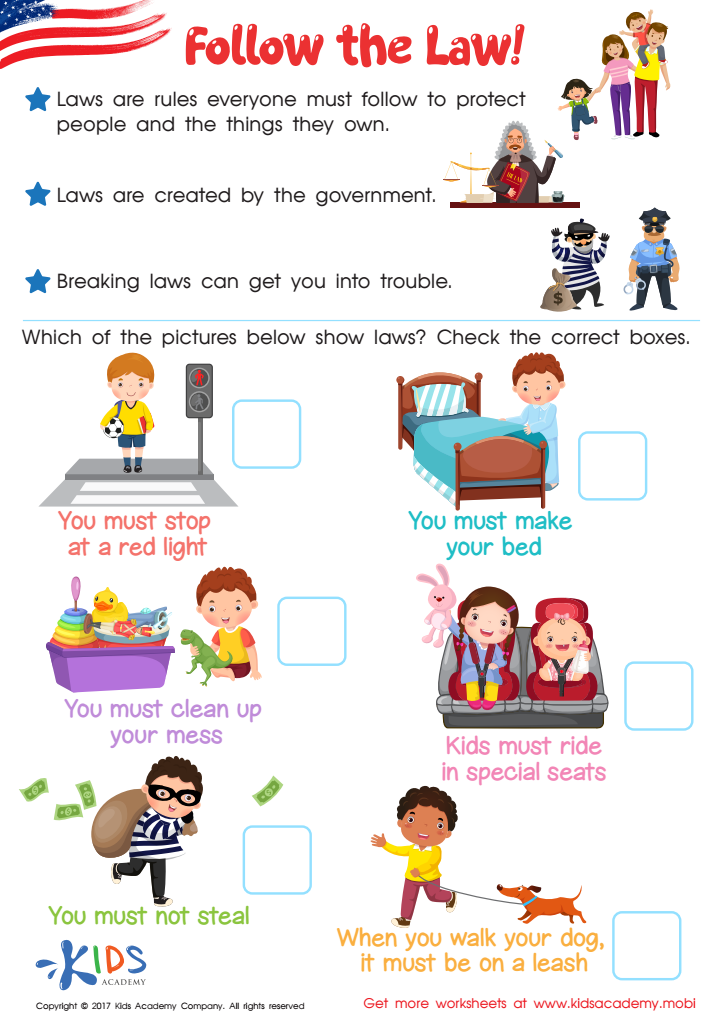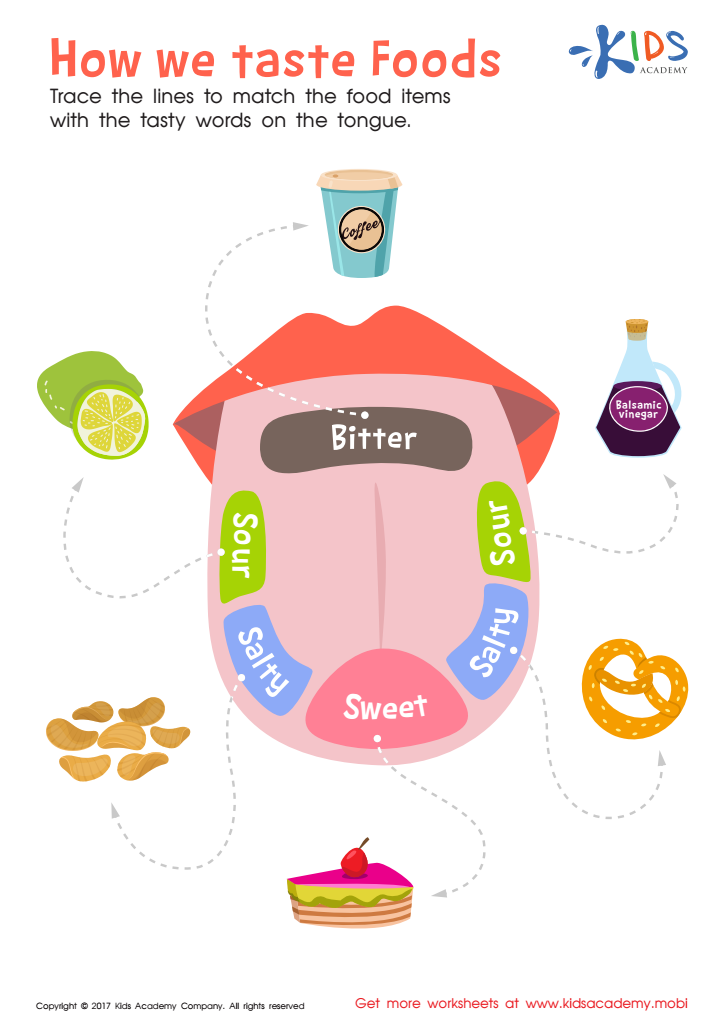Enhancing Reading Comprehension Normal Worksheets for Ages 8-9
17 filtered results
Difficulty Level
Grade
Age
-
From - To
Subject
Activity
Standards
Interactive
Favorites
With answer key
Interactive


Changes to the Amazon Worksheet
If your kids are interested in protecting the planet, they should know about the Amazon. Use this worksheet to teach them about it. Read it with them and help them find the cause and effect relationships, then check them off. It explains the situation in the Amazon, why it's happening and the results.
Changes to the Amazon Worksheet
Worksheet


Story Structure Worksheet
Help your students read and identify the parts of the story in this worksheet: the beginning (characters and setting), middle (major events), and ending (events are resolved). Show them how to structure a story for clarity.
Story Structure Worksheet
Worksheet


Climate vs Weather Worksheet
Weather and climate might sound similar, but they're different! Kids can discover the difference with this free, factual worksheet. Weather is the air's condition at one moment, while climate is an area's average weather. Kids can draw lines to connect factoids to either one. An interesting and educational activity!
Climate vs Weather Worksheet
Worksheet


Author's Purpose Worksheet
Help your kids figure out the author's purpose when they read something. In this worksheet, there are three descriptions; they must identify the author's purpose and circle it from the options provided. Doing this will help them to get correct information from what they read.
Author's Purpose Worksheet
Worksheet


Visiting a Volcano Word Problems Worksheet
Read the word problems to your kids, note down the numbers and help them solve. Check the box under the correct answer. Word problems are sentences posed as math problems; just like regular number problems, first you must understand and interpret the sentence.
Visiting a Volcano Word Problems Worksheet
Worksheet


Adverbs That Tell Where Worksheet
Help your kids identify adverbs with a fun worksheet. Read the words aloud and ask them to circle the adverbs showing 'where.' Give them easy examples, like 'the girl stood over there.' See if they can create their own examples. This activity makes learning adverbs fun!
Adverbs That Tell Where Worksheet
Worksheet


What Is Archaeology? Worksheet
Archeology is the study of past life and culture. With this worksheet, kids can learn how archeologists use tools to uncover ancient civilizations and history. Colorful pictures help them to identify and understand the tools used in archeology.
What Is Archaeology? Worksheet
Worksheet


Seeds on the Move Worksheet
Help students understand the concept of spreading seeds with this fun traceable worksheet. Discuss the pictures, and see if they can identify whether the seed is carried by the wind or an animal. Explain how seeds can travel from place to place without human help, and how this helps them grow in new locations.
Seeds on the Move Worksheet
Worksheet


Empire State Building Printable Worksheet
Take a trip to NYC and explore the Empire State Building with this free printable worksheet. Kids will have fun learning about this famous American landmark and its facts. Make national symbols more engaging with this exciting PDF worksheet!
Empire State Building Printable Worksheet
Worksheet


Milky Way Facts Worksheet
Blast off to explore the Milky Way! This fun-filled worksheet teaches kids facts about our galaxy, from its shape and composition, to its age and more! Get ready to discover what makes up a galaxy and enjoy learning all about it!
Milky Way Facts Worksheet
Worksheet


Follow the Law Worksheet
Kids should understand the difference between laws and household rules. Worksheets for 2nd grade review these differences, teaching kids more about life in their community. Breaking the law can lead to harsh consequences, so understanding the rules of home and public spaces is essential.
Follow the Law Worksheet
Worksheet


Branches of the Government: Legislative Branch Worksheet
The US legislative branch creates laws which the judicial branch enforces. This worksheet helps kids learn about this important branch of government, including who the leaders are and where Congress meets.
Branches of the Government: Legislative Branch Worksheet
Worksheet


Cassini Printable Worksheet
Solve the Cassini maze and blast off to Saturn! Your child will love learning about the first spacecraft to orbit this beloved planet while navigating the tricky maze to find it.
Cassini Printable Worksheet
Worksheet


Rural Communities Printable
Help your child explore the contrast between city and rural living with this worksheet. They'll learn to recognize the buildings and transportation in urban settings, as well as how rural life can differ. Then, discuss the differences between city and rural living, and why life is different for people living in each.
Rural Communities Printable
Worksheet


Tundra Habitats Worksheet
Kids can increase their scientific vocab and learn about tundra habitats with this worksheet. They'll start by reading facts about the tundra, then identify animals that live there using their knowledge. It's a great way to explore the world!
Tundra Habitats Worksheet
Worksheet


Question and Quotation Marks Worksheet
Adults often struggle to remember the rules for placement of question marks with quotation marks. This practice worksheet can help build the writing conventions needed.
Question and Quotation Marks Worksheet
Worksheet


How We Taste Foods Worksheet
Learning sensory language is key for kids to express themselves and gain new words to explain their perceptions. This worksheet helps them learn the tastes that their tongue can perceive. It's important since kids lack the words to describe complex senses and introduces new vocabulary. For a fun review, have a snack and ask them to identify the tastes and determine if it's sweet, salty, bitter, or sour.
How We Taste Foods Worksheet
Worksheet
Learning Skills
 Assign to My Students
Assign to My Students





















